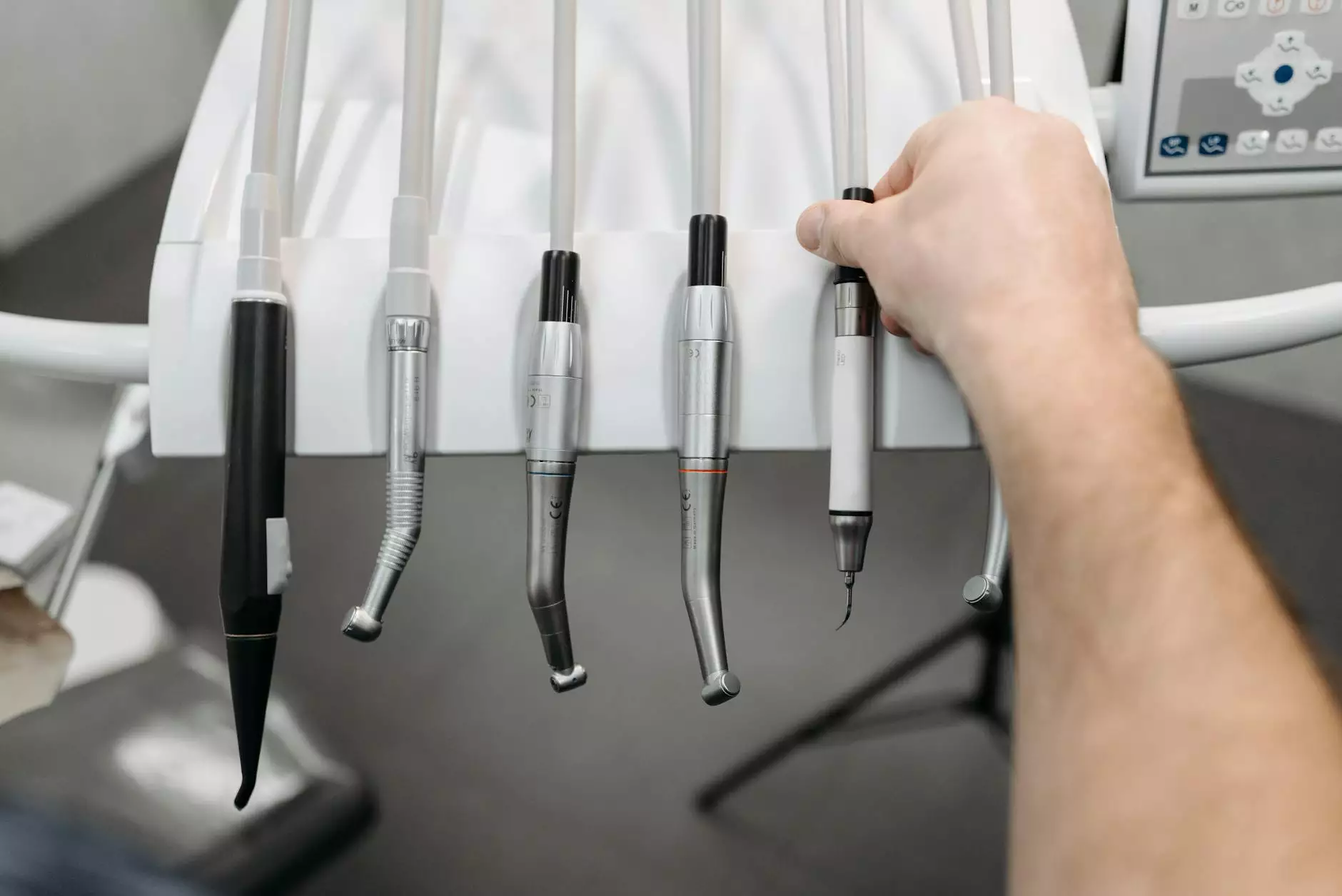Understanding Shoulder Internal Rotation Degrees: A Comprehensive Guide

The human body is a remarkable machine, and the way it moves is a testament to this fact. One crucial aspect of movement is the *shoulder* joint, which is particularly complex due to its wide range of motion. Among the various movements of the shoulder, shoulder internal rotation is a key aspect that has significant implications for both athletes and non-athletes alike. In this article, we delve into the concept of shoulder internal rotation degrees to understand its importance, assessment, and implications for health and rehabilitation.
The Anatomy of the Shoulder Joint
To fully grasp the concept of shoulder internal rotation, it’s essential to understand the anatomy of the shoulder joint. The shoulder is comprised of the following components:
- Humerus: The upper arm bone that fits into the socket of the shoulder.
- Scapula: The shoulder blade, which provides a base for shoulder movement.
- Clavicle: The collarbone, which connects the upper limb to the body.
- Rotator Cuff Muscles: A group of muscles and tendons that stabilize the shoulder and allow for its movement.
These components work in concert to allow the shoulder to rotate internally, externally, and elevate. Understanding this anatomy helps in assessing shoulder internal rotation degrees, which refers to the range of motion the shoulder can achieve during internal rotation.
What Are Shoulder Internal Rotation Degrees?
Shoulder internal rotation degrees refer to the measurement of how far the shoulder can rotate inward. Typically, this rotation occurs within the glenohumeral joint, where the head of the humerus rotates towards the body. This motion plays a crucial role in everyday activities and athletic performances.
Measuring Shoulder Internal Rotation Degrees
Measuring shoulder internal rotation is typically done using a goniometer, a specialized instrument that assesses joint angles. The following steps outline how a healthcare professional may measure this crucial movement:
- The patient is positioned in a seated or lying posture.
- The clinician stabilizes the scapula to prevent compensatory movements.
- The arm is bent at a 90-degree angle at the elbow and rotated inward.
- The angle between the forearm and the vertical is recorded as the degree of internal rotation.
The typical range for shoulder internal rotation is 60 to 100 degrees, but this can vary based on individual factors including age, sex, and physical activity levels.
Importance of Shoulder Internal Rotation
Shoulder internal rotation is not just a technical measurement; it has profound implications for various domains. Here are some reasons why this range of motion is important:
1. Impact on Daily Activities
Many everyday activities — such as reaching behind the back, putting on a shirt, or lifting objects overhead — require adequate shoulder internal rotation. Insufficient mobility in this area can hinder everyday tasks and reduce overall functionality.
2. Athletic Performance
For athletes, particularly those involved in sports like baseball, swimming, and tennis, shoulder internal rotation is crucial for performance. Athletes need to achieve optimal angles during specific movements to enhance power and precision, making the assessment of shoulder internal rotation degrees essential for training and injury prevention.
3. Rehabilitation and Recovery
Post-injury or post-surgery, assessing and improving shoulder internal rotation becomes vital. Physical therapists frequently analyze this motion to develop targeted rehabilitation programs for patients recovering from shoulder injuries. Enhancing this range of motion can significantly impact recovery times and return to activity.
Common Issues Affecting Shoulder Internal Rotation
Several conditions may adversely affect shoulder internal rotation. Recognizing these issues can help in diagnosing and implementing effective treatment plans:
- Rotator Cuff Injuries: Tears or strains in the rotator cuff can lead to pain and reduced internal rotation.
- Shoulder Impingement: Inflammation or pinching of shoulder tendons can limit movement and cause discomfort.
- Frozen Shoulder (Adhesive Capsulitis): A condition characterized by stiffness and pain, significantly restricting the range of motion.
- Labral Tears: Injuries to the cartilage in the shoulder joint may also limit internal rotation capabilities.
Each of these conditions necessitates an informed approach to rehabilitation that integrates assessments of shoulder internal rotation degrees.
Exercises to Improve Shoulder Internal Rotation
Improving shoulder internal rotation can often be achieved through targeted exercises. Here are some effective movements designed to enhance this range of motion:
1. Sleeper Stretch
This stretch targets the shoulder capsule and enhances internal rotation.
- Lie on your side with the affected shoulder down.
- Bend the elbow to 90 degrees and press the forearm down towards the floor.
- Hold for 20-30 seconds and repeat a few times.
2. Arm Cross Chest Stretch
Another excellent exercise for increasing shoulder flexibility.
- Bring one arm across your chest.
- Use the opposite arm to pull the arm closer to your body.
- Hold for 20-30 seconds and switch sides.
3. Internal Rotation with Resistance Bands
This exercise is ideal for strengthening the muscles involved in internal rotation.
- Attach a resistance band at elbow height.
- Hold the band with the elbow bent at 90 degrees.
- Rotate the shoulder inward against the resistance of the band.
- Perform 10-15 repetitions on each side.
Such exercises should be performed with caution and preferably under the guidance of a trained professional, especially if there is existing pain or dysfunction.
Conclusion
In summary, shoulder internal rotation degrees are a vital component of shoulder health, impacting everything from daily functions to athletic performance and rehabilitation outcomes. Recognizing the importance of this range of motion ensures that individuals can implement effective strategies for assessment and improvement. Whether you're an athlete looking to enhance performance, a healthcare provider, or someone simply keen on maintaining shoulder health, understanding and respecting the degrees of internal rotation can lead to better health outcomes.
For more information, resources, and professional guidance, visit IAOM-US, where health and education converge to empower individuals towards optimal wellness.









